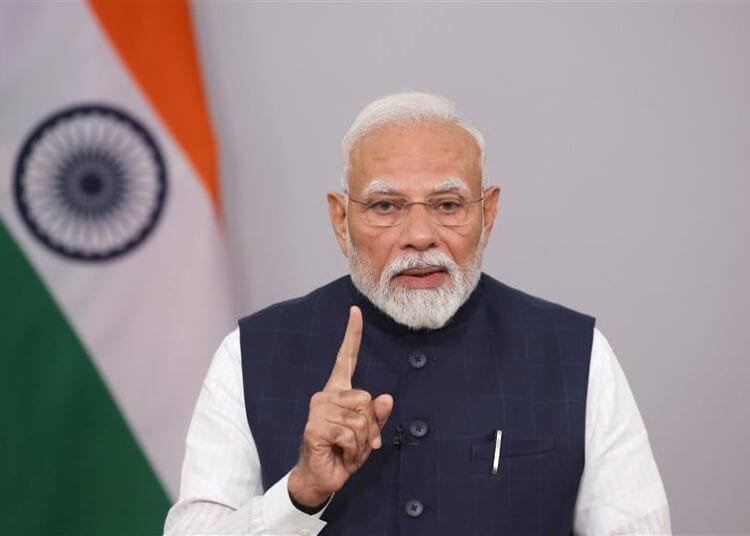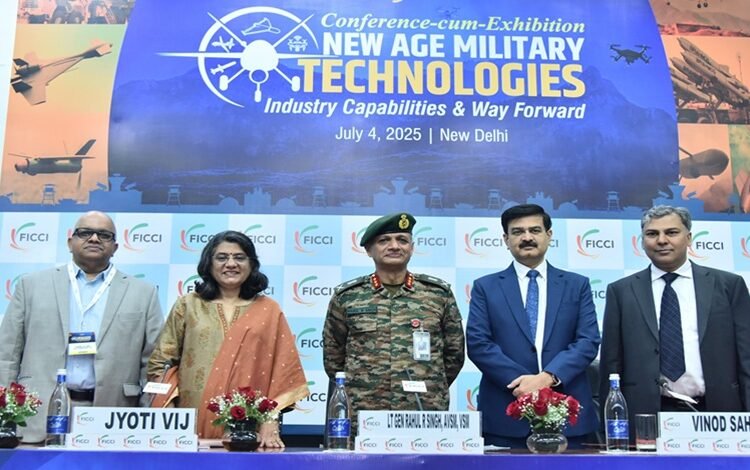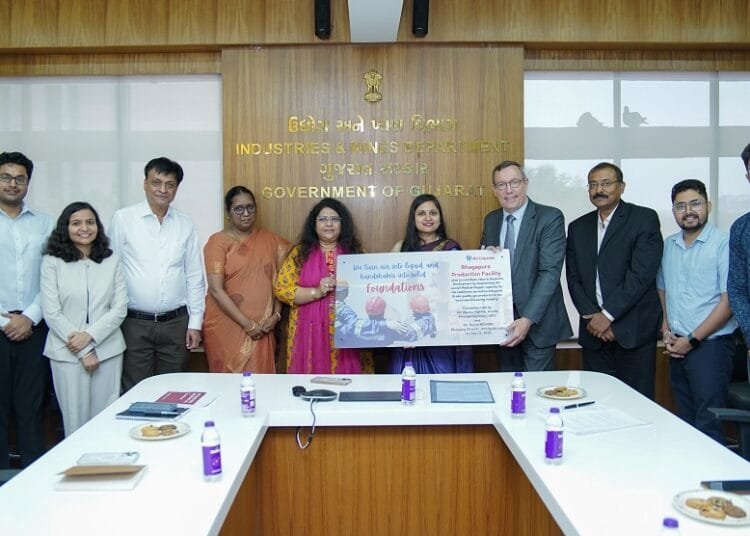Mines-mills mapped for improved multi-modal connectivity
The Prime Minister Narendra Modi says steel plays a pivotal role in modern economies, akin to a skeleton, for it is the strength behind every successful story whether it is skyscrapers, shipping, highways, high-speed rail, smart cities, or industrial corridors http://worldsteel.org.
As such the National Steel Policy, which has set a target of producing 300 million tons of steel by 2030, is important to promote steel in the country’s infrastructure development, he said to delegates at the ‘India Steel 2025’ programme in Mumbai, via video https://www.bseindia.com/.
The current per capita steel consumption in India is approximately 98 kg and is expected to rise to 160 kg by 2030, pointed out PM Modi, emphasizing that “this increasing steel consumption serves as a golden standard for the country’s infrastructure and economy, adding that it is also a benchmark for the nation’s direction, as well as the government’s efficiency and effectiveness”.
Underlining that the steel industry is brimming with renewed confidence about its future due to the foundation of the PM-Gati Shakti National Master Plan, the Prime Minister remarked that this initiative integrates various utility services and logistics modes https://www.conexpoconagg.com/ .
He emphasized that mine areas and steel units are being mapped for improved multi-modal connectivity, highlighting new projects are being introduced to upgrade critical infrastructure in eastern India, where most of the steel sector is concentrated.
He informed that the US$1.3 trillion National Infrastructure Pipeline is being advanced as in line with the large-scale efforts to transform cities into smart cities, along with unprecedented pace in the development of roads, railways, airports, ports, and pipelines, are creating fresh opportunities for the steel sector https://www.commerce.gov.in/.
He underlined the government’s decision to use only ‘Made in India’ steel in government projects and noted that government-driven initiatives account for the highest consumption of steel in building construction and infrastructure https://www.nseindia.com/.
Underscoring that steel is a primary component driving the growth of multiple sectors, Modi remarked that government policies for the steel industry are playing a crucial role in making many other industries in India globally competitive.
He noted that sectors such as manufacturing, construction, machinery, and automotive are gaining strength from the Indian steel industry.
The Prime Minister remarked informed the PLI Scheme has allocated thousands of crores of rupees to support the production of high-grade steel. “This is just the beginning and that there is a long road ahead.”
There is growing demand for high-grade steel due to mega-projects being initiated across the country, while the shipbuilding industry, classified as infrastructure, aims to manufacture modern and large ships domestically and export them to other countries, he elaborated.
Among others, he also noted the rising demand for pipeline-grade steel and corrosion-resistant alloys in India https://sbi.com.in/.
“India is currently working towards a target of exporting 25 million tons of steel and aims to increase production capacity to 500 million tons by 2047,” noted PM Modi, urging the industry to expand and upgrade with a future-ready mindset.
He called upon both the private and public sectors to develop, nurture, and share new ideas. He emphasized collaboration in manufacturing, R&D, and technology upgrades to create more job opportunities for the country’s youth.
Modi acknowledged that the steel industry faces certain challenges that need resolution for further growth, highlighting that raw material security remains a significant concern, with India still dependent on imports for nickel, coking coal, and manganese.
He emphasized the need to strengthen global partnerships, secure supply chains, and focus on technology upgrades.
“The future of the steel industry will be shaped by AI, automation, recycling, and by-product utilization,” he remarked, stressing the need to enhance efforts in these areas through innovation.
He expressed optimism that collaboration between global partners and Indian companies will help address these challenges more effectively and at a faster pace.
The Prime Minister also acknowledged the significant impact of coal imports, particularly coking coal, on both costs and the economy, and emphasized the importance of exploring alternatives to reduce this dependence. He highlighted the availability of technologies such as the DRI route and stressed efforts to promote them further.
Pointing out that coal gasification can be effectively utilized to make better use of the country’s coal resources and decrease reliance on imports, he urged all stakeholders in the steel industry to actively participate in this endeavor and take the necessary steps to move forward in this direction.
Underlining the importance of addressing the issue of unused greenfield mines, Modi shared that significant mining reforms have been introduced in the last decade, making iron ore availability easier.
He stressed that it is now time to utilize the allotted mines effectively to ensure optimal use of the country’s resources. Cautioning that delays in this process would adversely impact the industry, Modi urged for the acceleration of greenfield mining efforts to overcome this challenge. Fiinews.com










